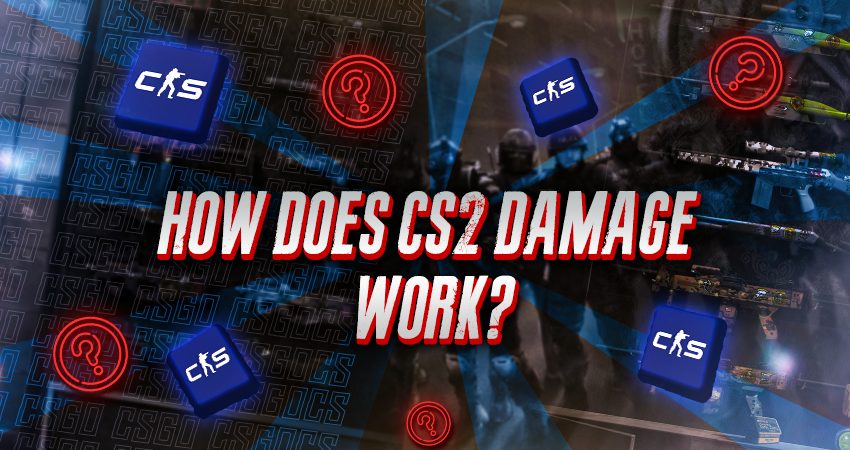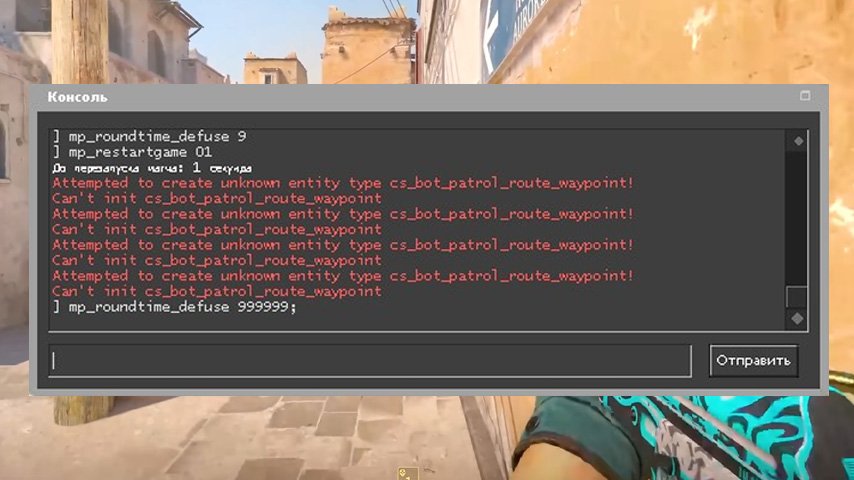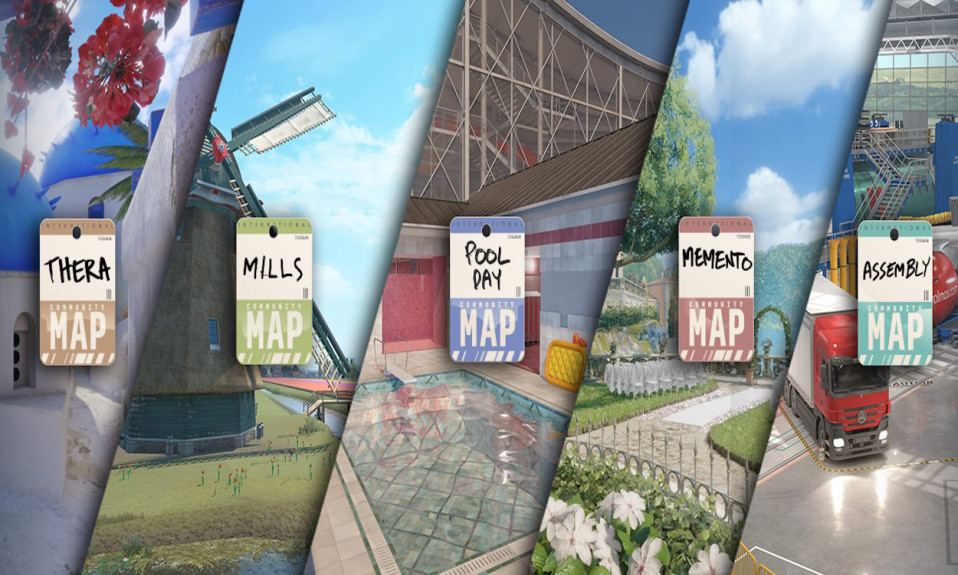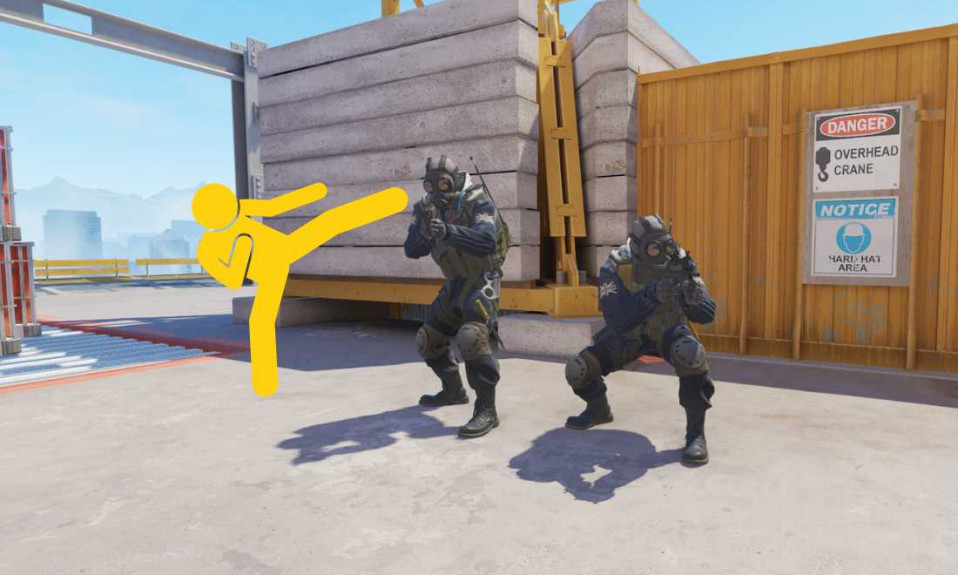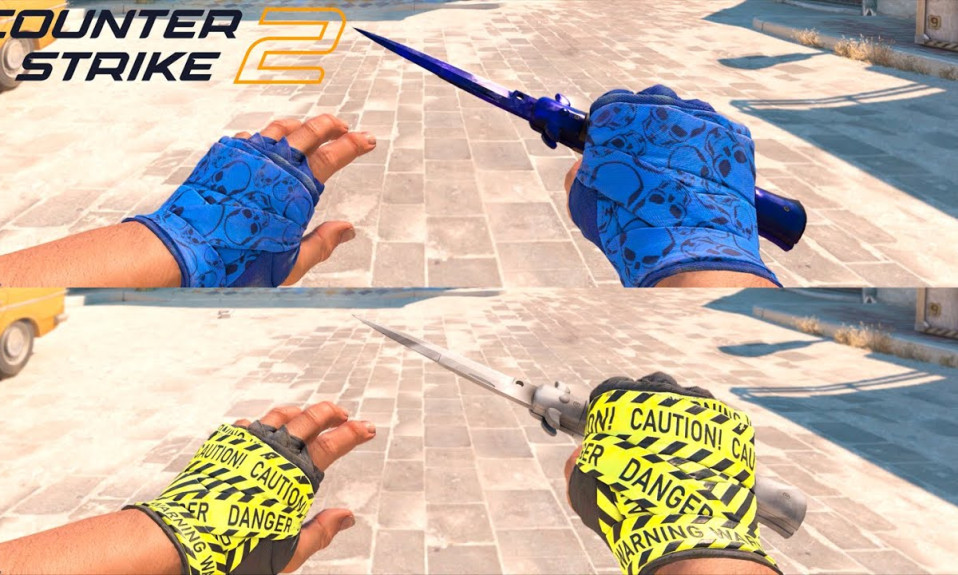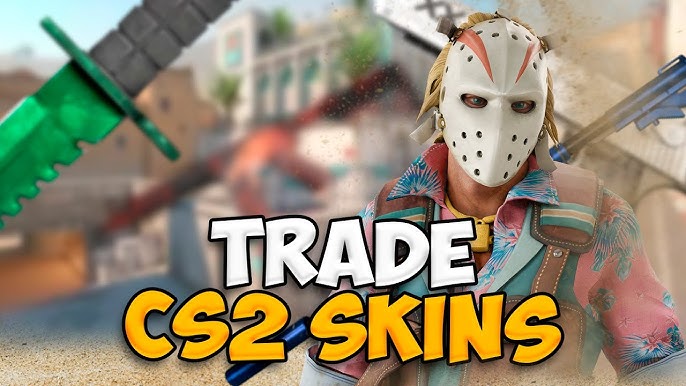Learn about the mechanics of CS2 damage, the influence of key factors, and essential tactics for dealing maximum damage.
Understanding how CS2 Damage Work is essential for mastering gameplay and achieving better results in Counter-Strike 2. The mechanics behind damage incorporate various factors, such as the type of weapon used, the specific hitbox targeted, and the presence of armor. Each element plays a vital role in determining the overall impact on opponents. By exploring these principles, players can optimize their strategy and make more informed decisions during intense matches. Gaining insight into high-damage weapons and effective damage-dealing techniques can significantly enhance your performance and edge out the competition.
Key Aspects of CS2 Damage
Understanding how CS2 Damage Work begins with analyzing the key factors affecting it. In Counter-Strike 2 (CS2), damage calculation is influenced by three primary elements: weapon type, hitbox, and armor.
- Weapon Type: Each weapon in CS2 features unique damage stats. Some weapons like the AK-47 deal higher damage, while pistols or SMGs perform comparatively lower. Weapon choice significantly impacts your ability to eliminate opponents effectively.
- Hitbox: The area where a shot lands determines the damage dealt. A headshot, for instance, inflicts maximum damage, often resulting in an instant kill. Torso hits deal moderate damage, while shots to limbs deliver the least.
- Armor: Equipping armor reduces incoming damage. This protective gear mitigates bullet impact, turning potentially lethal hits into survivable encounters. Without armor, enemies can eliminate you much faster.
By considering these factors, players can better predict how CS2 Damage Work during gameplay, helping them strategize for kills and survival. Balancing weapon selection, aim accuracy, and armor investment is essential to maximize effectiveness.

High Damage CS2 Weapons
Understanding high-damage weapons is crucial when unraveling how CS2 Damage Work influences gameplay. Certain weapons in CS2 stand out because of their exceptional damage output, making them game-changers in the right hands. Here are some of the top high-damage weapons to consider:
- AWP (Arctic Warfare Police): Known for its one-shot kill capability, this sniper rifle deals major damage, especially on unarmored opponents. A headshot results in instant elimination.
- Desert Eagle: Despite being a pistol, it boasts high damage potential. A well-placed headshot can eliminate opponents even with armor.
- AK-47: A versatile rifle, it delivers high damage with consistent impact, even when fired at the chest or legs.
- SG 553: Delivering precise and powerful shots, this scoped rifle can outshine others in medium-to-long range engagements.
Selecting the right weapon helps players maximize the effectiveness of CS2 Damage Work. Whether you prioritize one-shot kills or sustained damage output, these weapons can turn the tide of any battle when used effectively. Remember to aim for critical hitboxes to exploit their full potential.
CS2 Damage
In the world of Counter-Strike 2 (CS2), understanding how damage works is pivotal to mastering gameplay. CS2 Damage Work depends on various underlying factors, influencing how much harm a weapon inflicts on opponents during combat.
Key elements determining CS2 damage include:
- Weapon Type: Each weapon has unique damage stats. For instance, rifles like the AK-47 deal higher damage compared to pistols.
- Hitbox: Damage is influenced by where the target is hit. A headshot generally delivers the most damage, while shots to the legs cause less harm.
- Armor: CS2 Damage Work also incorporates the opponent’s armor level. Wearing a Kevlar vest reduces damage from certain weapon types.
Moreover, understanding weapon recoil and bullet penetration further helps optimize damage. For example, some weapons excel at shooting through walls, upping their utility.
By mastering these factors, players can significantly enhance their damage output and dominate the battlefield. With practice, analyzing these parameters will help you understand the core mechanics of how CS2 damage works and maximize your effectiveness in combat.
Damage Dealing Principles
Understanding damage-dealing principles is critical when exploring how CS2 Damage Work impacts gameplay. The mechanics are designed to reward precision, weapon choice, and strategic planning. Below are the fundamental principles that influence damage dynamics:
- Weapon Type: Each weapon in CS2 has a specific damage profile. Rifles like the AK-47 deal higher damage compared to pistols, but accuracy and skill level determine their true potential.
- Hitbox Variations: CS2 divides a player’s body into several hitboxes (head, chest, arms, legs). Headshots deliver the highest damage output, often leading to instant kills, while hits to peripheral zones like arms deal less damage.
- Armor Impact: Players equipped with armor (kevlar and helmet) mitigate incoming damage. For example, headshots against a helmet may not result in immediate elimination, depending on the weapon.
- Distance and Accuracy: Damage output decreases as the distance between the attacker and the target increases. The spray control and bullet accuracy of weapons also play vital roles.
By leveraging these core damage principles, you can master how CS2 Damage Work and adapt your approach for maximum efficiency in combat scenarios.
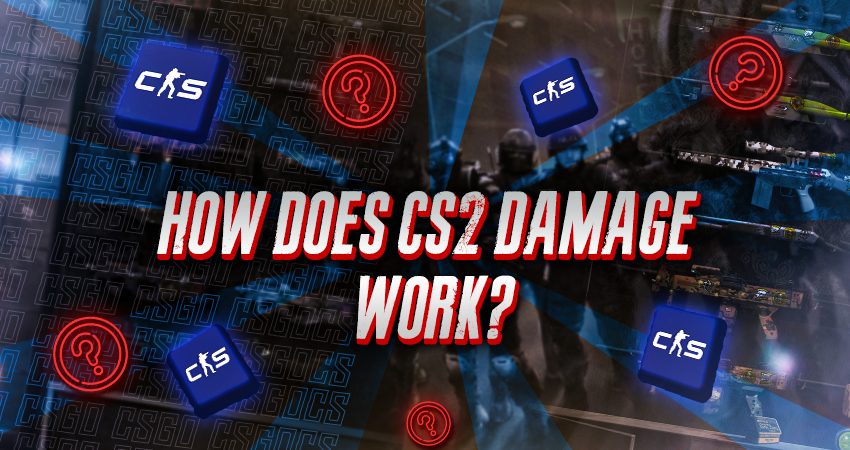
Damage Dealing Principles
Understanding the principles behind how CS2 Damage Work is essential for improving your gameplay strategy. The mechanics of dealing damage in CS2 involve multiple variables that influence the output of each shot or attack. Below are some key principles to consider:
- Accuracy Matters: Landing shots on critical hitboxes like the head deals significantly higher damage than body or limb shots. Precision directly impacts damage results.
- Weapon Selection: Different weapons have varying damage outputs and penetration abilities. For example, sniper rifles inflict more damage than pistols or SMGs.
- Armor Reduction: Opponent armor can mitigate damage. Fully-armored players absorb more damage, whereas unarmored opponents take higher damage from the same weapon.
- Distance Effect: Weapons may perform differently at long or short ranges. Damage reduction occurs with certain guns over increased distances.
To maximize effectiveness, always consider weapon type, target vulnerabilities, and engagement range. Understanding these principles ensures you’re utilizing the CS2 damage work mechanics to their fullest potential during gameplay.


